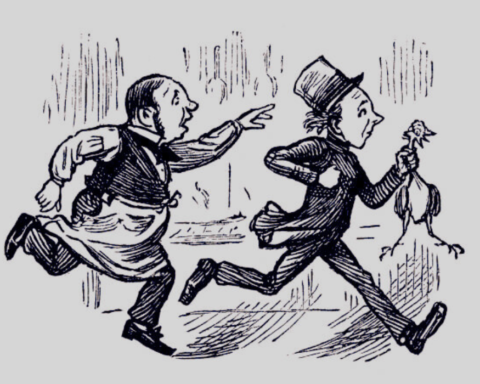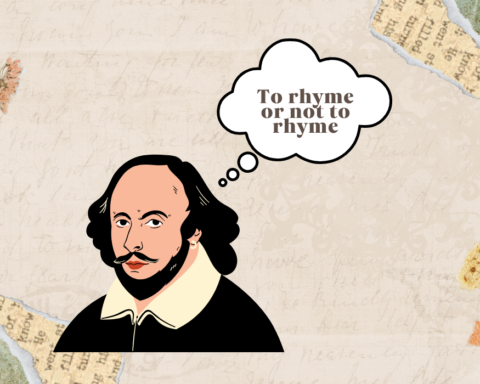American football origin can be traced back to earlier forms of rugby and association football. It began in late-nineteenth-century North American colleges. It is also called gridiron football because of the rectangular pitch’s vertical painted yard lines.
The game’s early iterations were violent and unruly. Contemporaries labeled the sport as “mob football.” These games had a rule-set that could be easily modified. Also, there were huge amounts of players in both teams and a significant rate of injury.
The development of American football was sluggish. Despite the fact that American football is a modern sport, it took a long time to grow and improve.
History of American football
There were various variations of what is now known as mob football up to the nineteenth century. In reality, the history of American football has been confused by this kind of football. But, historians think that it was eventually linked to the evolution of rugby.
Many divergences from association and rugby football led to the development of American football.
Walter Camp, was responsible for the rule modifications. He was a player and coach at Yale University and known as the “Father of American Football”. Walter Camp was born in New Haven, Connecticut, on April 17, 1859.
From 1876 until 1882, he practiced medicine and business at Yale University. He also served as head of the Yale football committee. Camp contributed to the evolution of the game’s regulations apart from Rugby and Soccer.

William Ebb Ellis was a forerunner to Walter Camp’s impact. He attended the Rugby School in England as a student. Ellis was the first person to pick up the ball and run with it during a soccer match in 1823. This played a key role in changing the rules.
The first efforts to write down new regulations were undertaken in 1876. It was at the Massosoit conference. Until his death in 1925, Walter Camp authored every American Football rulebook.
Walter Camp was responsible for a number of modifications in American football. Among them are:
- One team had unchallenged control of the ball until the other side gave it up due to its own infractions.
- The scrimmage line.
- The reduction of team members from 15 to 11.
- The introduction of quarterback and center posts.
- Passing to the front.
- The standardization of scoring method to a numerical system.
- Establishment of zone, interference, penalty, and safety.
- Permission to tackle as low as the knees.
- The point worth of a touchdown increased to six points..
- The value of field goals increased to three points.
A number of college coaches played their part in the development of the game. Eddie Cochems, Amos Alonzo Stagg, Parke H. Davis, Knute Rockne, and Glenn “Pop” Warne are among them. They used the recently introduced forward pass to their advantage.
The emergence of modern football
For the first half of the 20th century, college football exploded in admiration. It became the preeminent variation of the game in the United States. College football is still prevalent in the US, thanks to intense rivalries and vibrant customs.
As more institutions embraced football, they grew concerned about protecting their players. After a crisis in 1905-1906, it became clear that the regulations required modification. Most of those regulations were designed to protect players. They also assisted in the drastic transformation of the game.
In 1892, the first professional football match was held. The Pittsburgh Athletic Club was up against the Allegheny Athletic Association. Since 1932, this was the first indoor championship. The game in which hash markers were initially used.
Also, relocation of the goalposts back to the goal line and forward passes were introduced.
What began as a sport played in American cities in the Midwest, soon grew into a sensation.

The National Football league’s inception
In the year 1920, the American Professional Football Association (APFA) was established. The league was rebranded as the “National Football League” two years later (NFL)”. Ultimately, it became the most popular American football league.
After the 1932 NFL Playoff game, the modern era of football may be regarded to have commenced. The group began with fourteen teams, but it soon escalated to twenty-two. The collegiate game continued to have an impact on how the game was played.
By the 1930s, the passing rules tweaked even further. This brought the game closer to what it is today.
A number of factors have made passing in American football a more significant component. These include elimination of penalties, losing five yards for a missed throw and, lack of control for an errant pass in the end zone.
The NFL became increasingly professionalized in the 1930s. This was due to the addition of more important rules and processes. In 1932, it was decided to add a championship game. A commissioner had been appointed by 1941.
Following WWII, the addition of more teams took place. The main moment for NFL was when in 1958, there was a live broadcast on TV. A competition was aroused between the American football league and NFL, in 1959.
This resulted in the amalgamation of both NFL and AFL because the AFL attracted high-profile players. This consolidated system eventually gave birth to the NFL’s, NFC, and AFC divisions.
Throughout that period, the rules were refined, though many of them were now suited to television. Television audiences have become an increasingly important source of income for the NFL.
The AP Poll was introduced in 1934. It was one of the first advancements after 1932.
Conclusion
American football has undergone a number of changes over the years. Greco-Roman games, which left an indelible impact on Europe, were a major influence. During the Medieval Period, those games developed into the forerunners of rugby and soccer.
Herein, lies the origin of American football. Safety concerns led to laws that influenced what became American football and how it varied from its European rivals.
The sport was further affected by the formalization of regulations and societal events e.g. WWI. Official teams were formed as a result of the fast growth in popularity in the early twentieth century.
This served as the basis for the contemporary NFL. Rules were adjusted along the way when the NFL was founded, frequently inspired by the television.
Politigory provides in-depth reviews of science, history, humanities, religion, social sciences and arts









